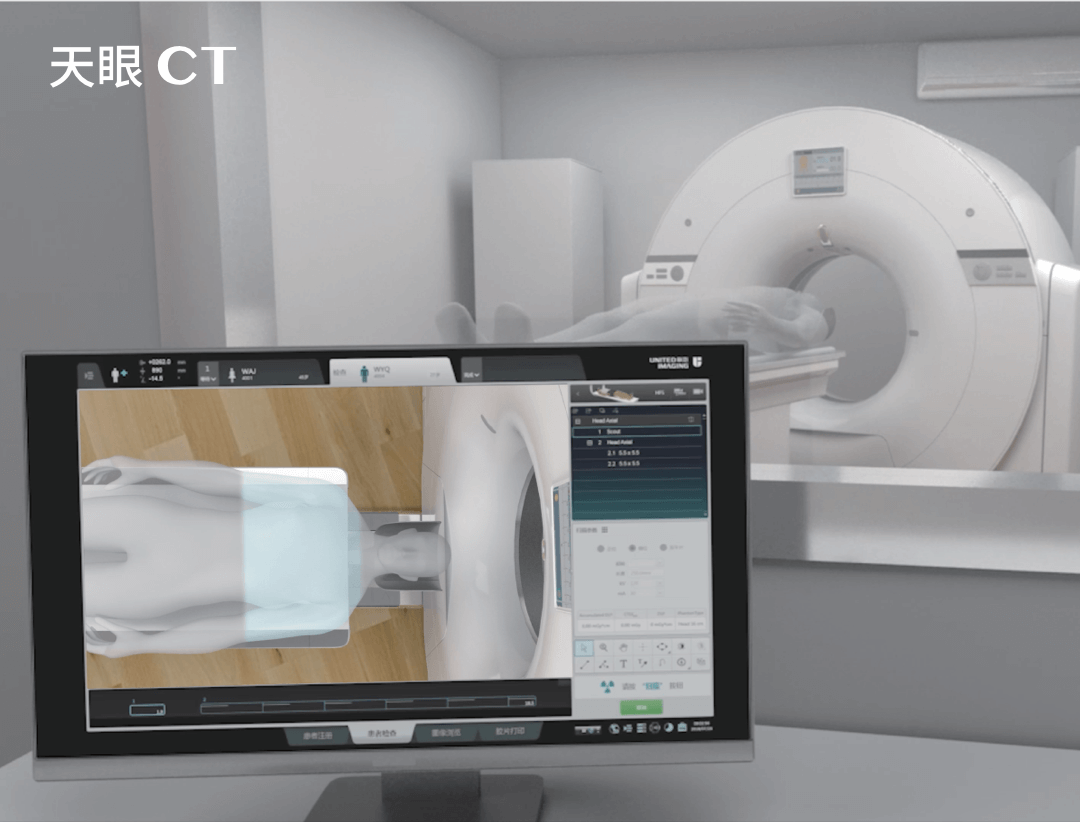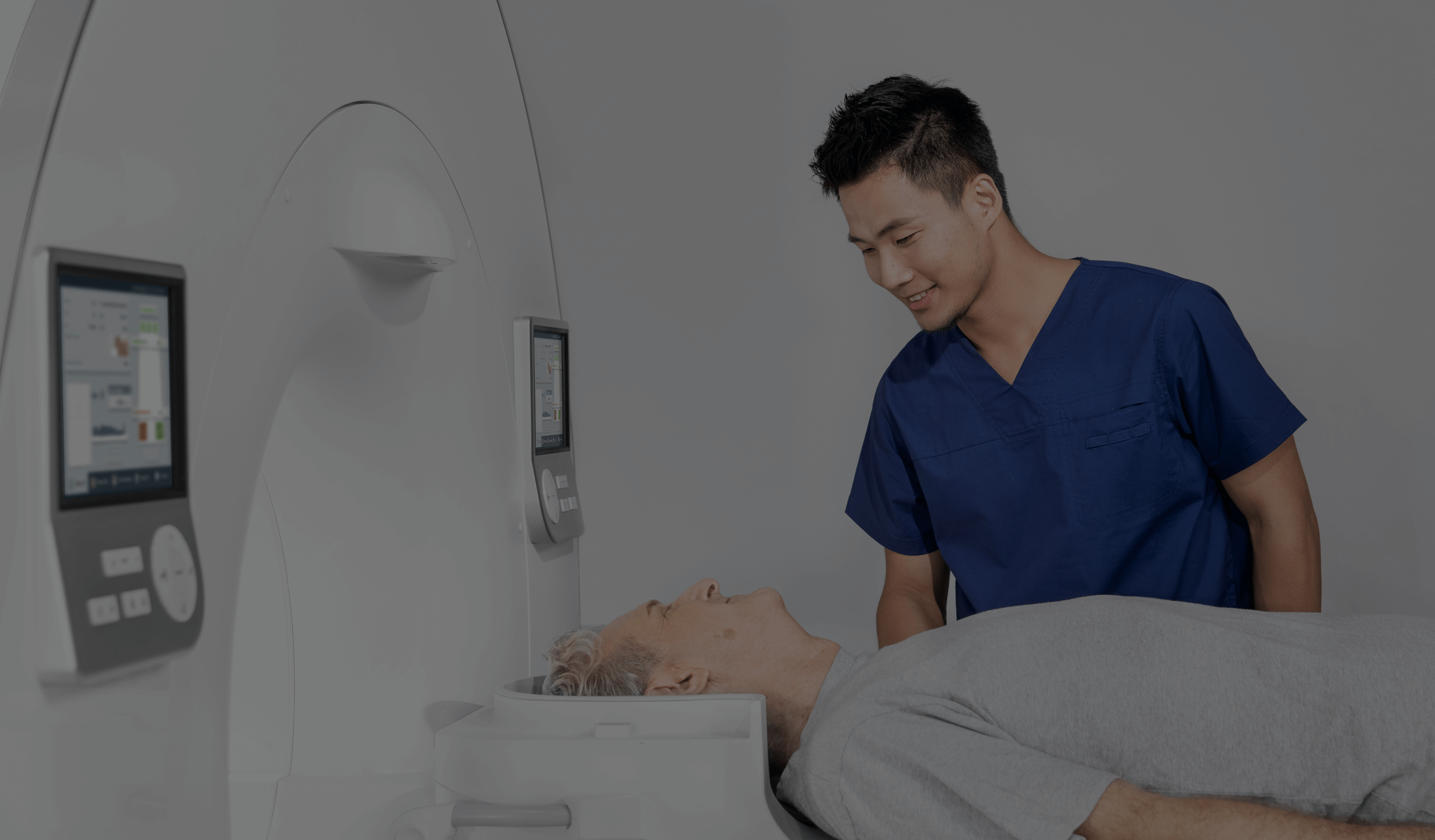Mammography – what is it, who is it for and how should I prepare?
Mammography is one of the most important screening methods for the prevention of breast cancer, allowing cancerous lesions to be detected at an early stage when treatment is most effective. It can be performed on women of all ages and has become an essential part of regular screening.
What is mammography?
Mammography, also known as MMG, is an imaging test that uses X-rays to look closely at the breast for cancerous lesions, particularly breast cancer. It is a screening test that can detect even very small cancerous lesions long before they become palpable. It is recommended that mammography be done regularly – usually every two years – for women within a certain age range or as recommended by the doctor.
Indications for mammography
Mammography is recommended as a regular screening method for women, especially after the age of 50. It is also recommended for women aged 40–49 and over 70, depending on individual risk and doctor’s advice. For women with genetic mutations (e.g., BRCA1 or BRCA2) that indicate an increased risk of breast cancer, mammography may be part of a regular screening programme.
Breast ultrasound versus mammography – which is better?
Breast ultrasound and mammography are two different imaging tests used to diagnose breast conditions. Ultrasound is often used as an adjunct to mammography, especially in cases where mammography results are difficult to interpret (for example, in women with dense breast tissue). The choice between these methods depends on the patient’s individual needs and the doctor’s recommendations.
Preparing for a mammography
Preparing for a mammography is relatively straightforward. Patients should avoid using cosmetics such as talcum powder, lotion, deodorant or cream on the upper body. The examination can also be made more comfortable by wearing two-piece clothing, which makes it easier to undress from the waist up. Menstruating women are advised to have a mammogram during the first 10 days of their menstrual cycle (between days 5 and 15), when the breasts are less tender.
How is a mammography performed? What equipment is used?
During mammography, the breast is placed on a special plate and then compressed by a second, usually plastic plate. The pressure is then gradually increased, which is essential for obtaining reliable results because compression reduces the thickness of the breast gland, making all its tissues more visible. The mammography takes about 15 minutes and is done separately for each breast.
At what age should I have my first mammogram?
It is recommended that the first mammogram be performed after the age of 50, unless there are risk factors or a family history of breast cancer, in which case the doctor may order an earlier examination.
Risks of mammography
Mammography, like other radiological examinations, carries a small risk associated with exposure to X-rays. However, the benefits of being able to detect breast cancer at an early stage usually outweigh the potential risks.
Does a mammogram hurt?
Whether a woman experiences pain during a mammogram depends on individual factors, including the sensitivity and size of her breasts and the experience of the technician performing the examination. As mentioned above, mammography involves compression of the breast between two plates in the machine, which some women may find uncomfortable or painful.
However, it is important to remember that this discomfort is usually short-lived, lasting only a few seconds, and that compression is necessary to obtain accurate images. However, some women, especially those with very sensitive breasts, may experience more pain. In such cases, it is advisable to have the mammogram done in the post-menstrual period, when the breasts are less tender. Mammography can also be painful if the breast is not positioned correctly in the machine.
Mammography without pain
Patients’ comfort during the examination can be greatly improved by modern technology, such as the autocompression solution offered by some clinics, which allows patients to control the pressure on the breast during the examination, potentially reducing discomfort.
Contraindications to mammography
Mammography is generally a safe procedure, but there are some contraindications. The main contraindications to mammography include pregnancy and breastfeeding, due to the risk of radiation exposure. Pregnant women should avoid mammography unless it is absolutely necessary and recommended by a doctor.
#BBD0E0 »


